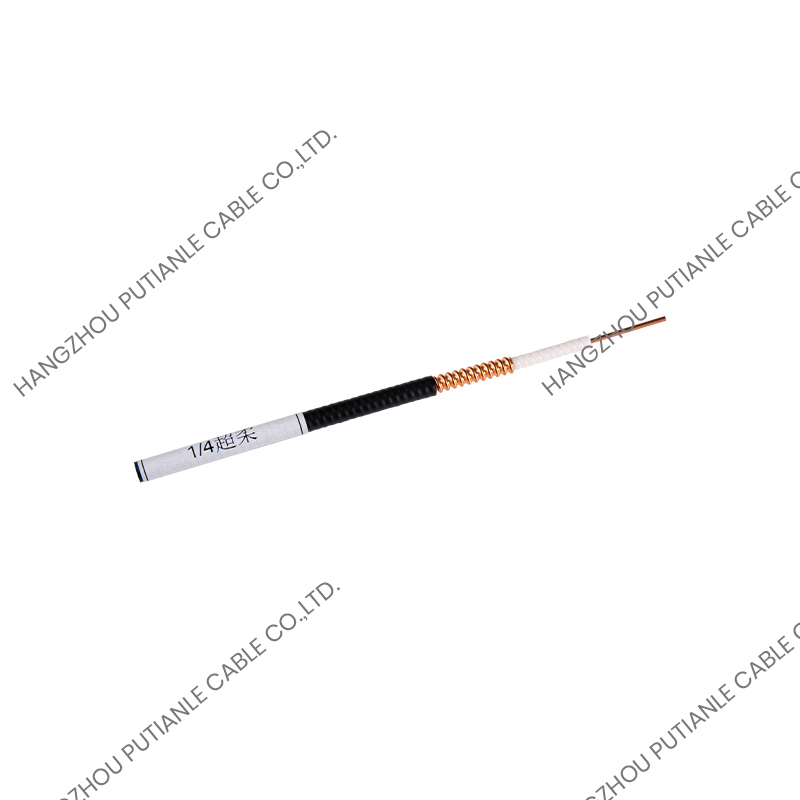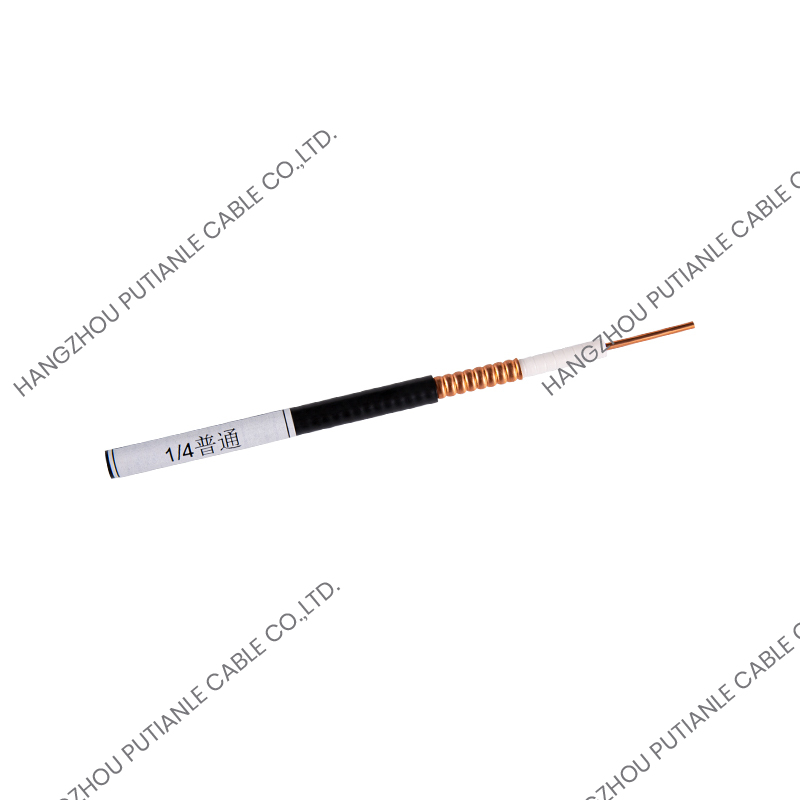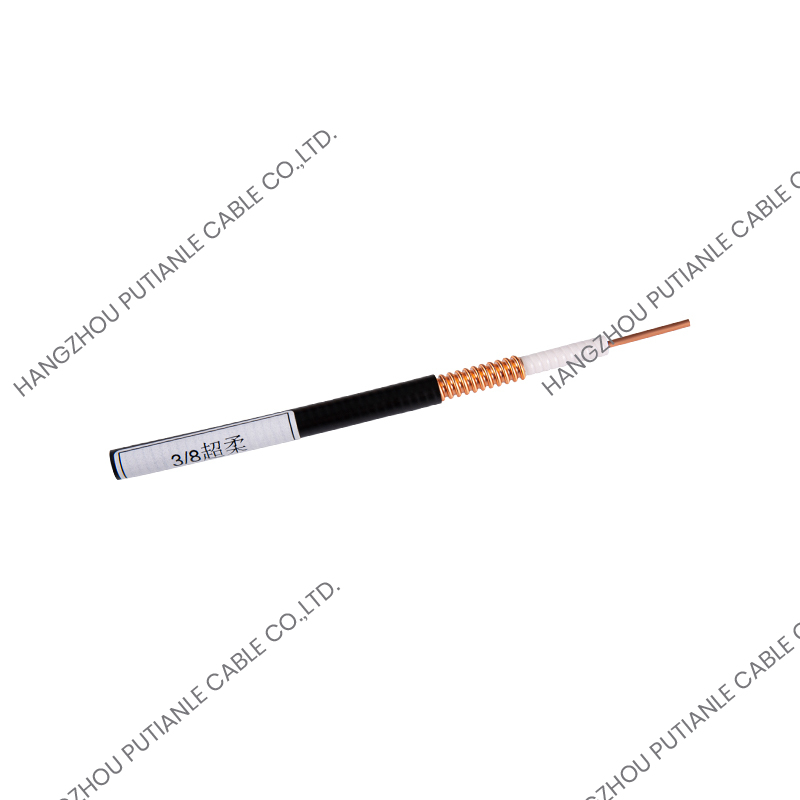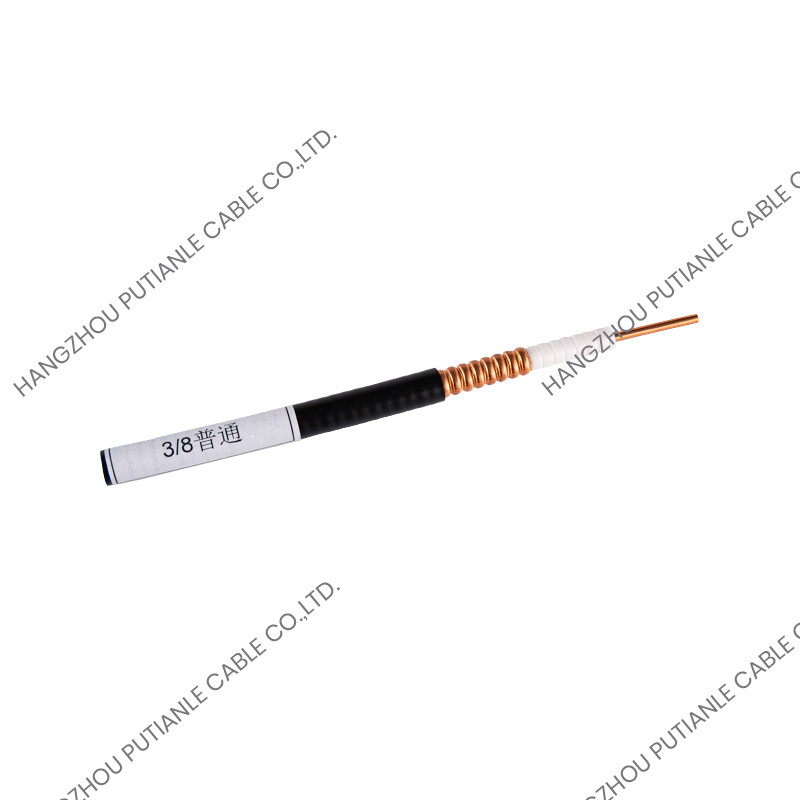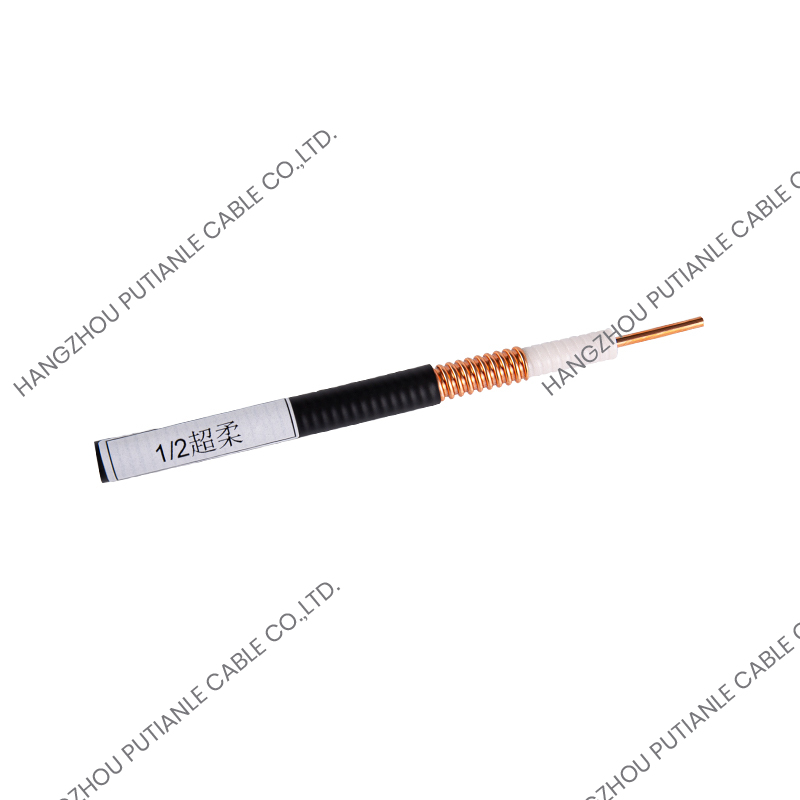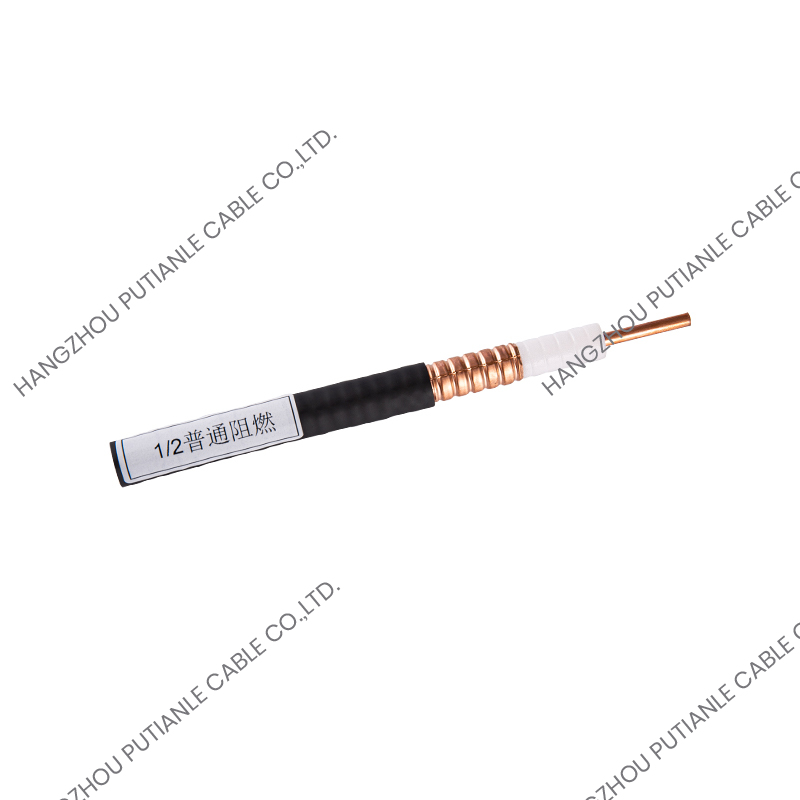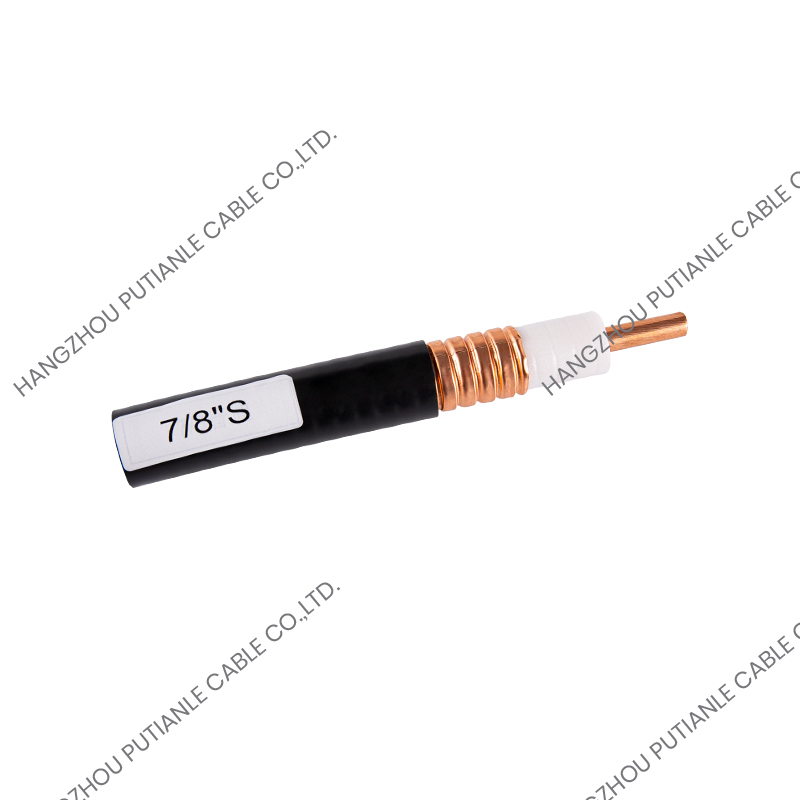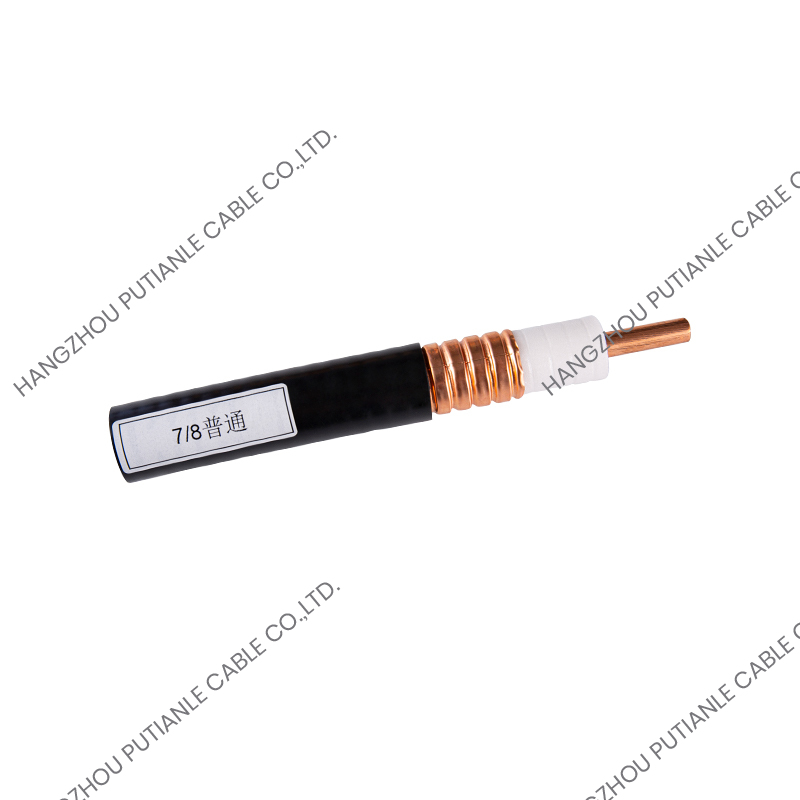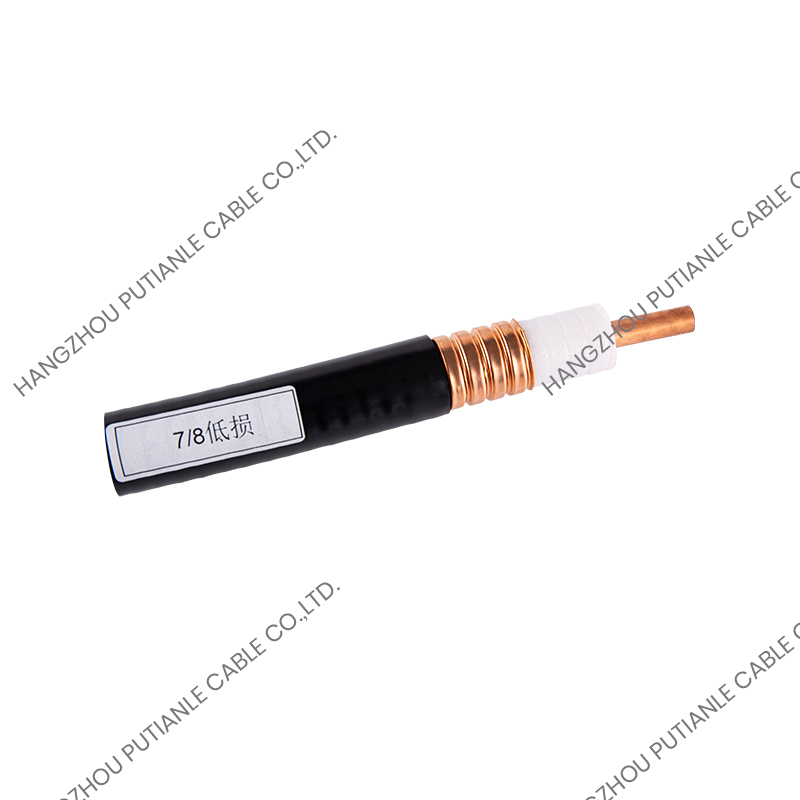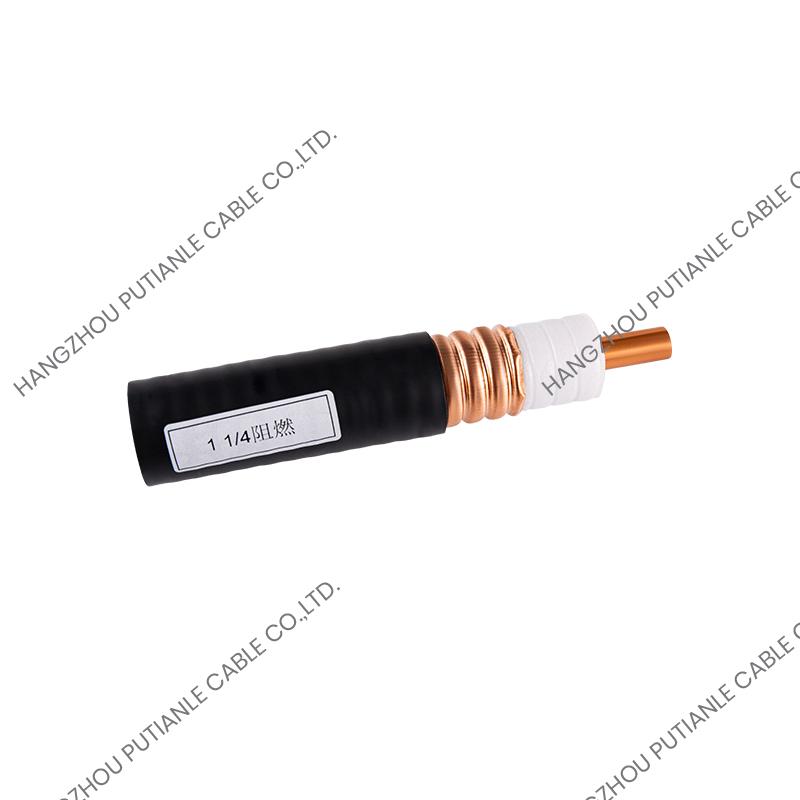In the realm of telecommunications, broadcasting, and electronic systems, the quality of signal transmission plays a critical role in ensuring smooth communication, accurate data transfer, and minimal interference. Among the various types of coaxial and braided cables, 75 Ohm braiding cables stand out for their stability, low signal loss, and electromagnetic interference protection. But what exactly are 75 Ohm braiding cables, how do they work, and why are they widely used in professional and consumer electronics?
What Are 75 Ohm Braiding Cables?
A 75 Ohm braiding cable is a type of coaxial cable where the conductor has a characteristic impedance of 75 Ohms, the most common standard for video and broadcast applications. The cable consists of several layers:
Central Conductor – Usually made of copper or copper-clad steel, carrying the signal.
Dielectric Insulation – Surrounds the conductor, maintaining the 75 Ohm impedance.
Braided Shield – A woven metal braid that protects the signal from external electromagnetic interference (EMI).
Outer Jacket – Provides mechanical protection and environmental resistance.
The braiding layer is especially important for shielding the cable from electromagnetic interference, ensuring that the signal remains clean and stable.
Why Is 75 Ohm Impedance Important?
The 75 Ohm characteristic impedance is chosen for specific reasons:
Optimal for Video Signals – Provides minimal signal loss for analog and digital video transmission.
Compatibility – Widely used in television, satellite, and cable systems.
Signal Integrity – Reduces reflections, maintaining waveform quality over long distances.
Industry Standard – Common in broadcast, CCTV, and professional video installations.
Using a 75 Ohm cable ensures that transmitted signals maintain high fidelity, which is essential for both professional and consumer applications.
How Does Braiding Improve Cable Performance?
The braided shield in a 75 Ohm cable serves multiple purposes:
Electromagnetic Interference Protection – Shields the signal from external noise and radio frequency interference.
Mechanical Strength – Adds durability, reducing the risk of cable damage during installation or use.
Grounding Path – Provides a reference ground that stabilizes the signal.
Flexibility – Braided cables can bend and twist without breaking, making them suitable for dynamic applications.
A high-quality braid ensures low signal degradation and long-lasting performance, even in electrically noisy environments.
What Are the Typical Applications of 75 Ohm Braiding Cables?
75 Ohm braiding cables are versatile and used in numerous industries:
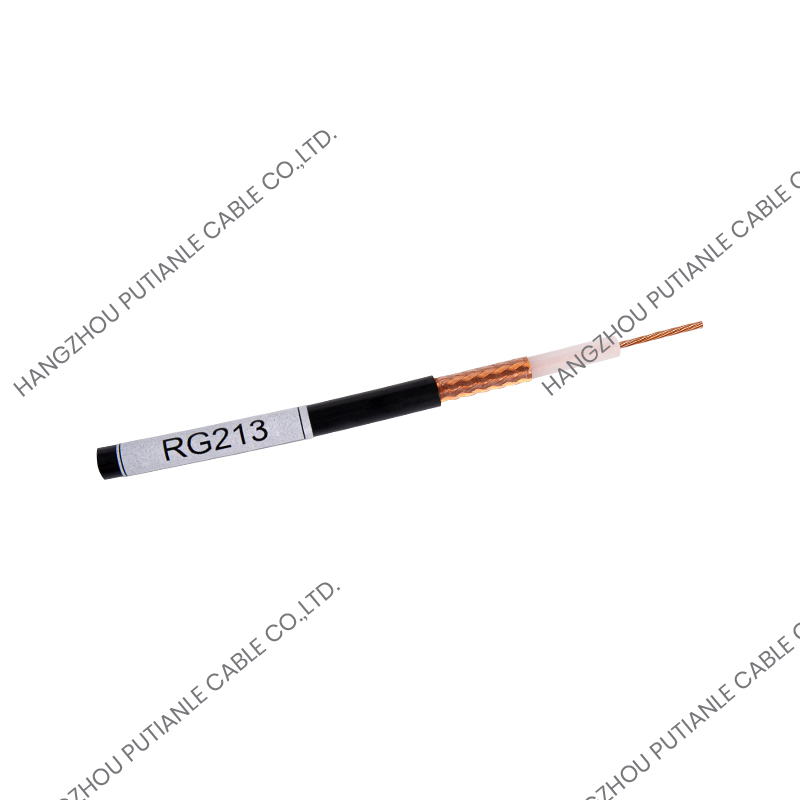
Television and Broadcasting – Transmitting analog and digital TV signals with minimal interference.
CCTV and Surveillance Systems – Ensuring high-quality video feed over long cable runs.
Satellite Communication – Reliable signal transfer from satellite dishes to receivers.
Home Theater Systems – Connecting video sources to displays with high fidelity.
Professional Audio/Video Production – Maintaining signal integrity in studios and production facilities.
Networking and Data Transmission – Specialized 75 Ohm cables are used in some high-frequency data applications.
Their combination of signal stability, durability, and shielding makes them a staple in both professional and consumer installations.
How Do 75 Ohm Braiding Cables Maintain Signal Quality?
Several design factors contribute to the high performance of these cables:
Dielectric Consistency – Uniform insulation ensures minimal signal reflections and consistent impedance.
High-Density Braid – Maximizes EMI protection and reduces signal leakage.
Low Capacitance and Inductance – Minimizes signal loss over long distances.
Precision Manufacturing – Ensures tight tolerances for conductor size, braid coverage, and dielectric thickness.
By addressing these factors, 75 Ohm cables deliver clear, uninterrupted signals, even in challenging environments.
What Materials Are Commonly Used?
The choice of materials impacts both performance and durability:
Conductor – Pure copper offers excellent conductivity, while copper-clad steel provides strength with reasonable conductivity.
Dielectric – Materials like polyethylene or foam polyethylene reduce signal loss and maintain impedance.
Braid Shield – Typically tinned copper or aluminum, balancing shielding effectiveness with flexibility.
Outer Jacket – PVC, PE, or LSZH (Low Smoke Zero Halogen) for environmental and fire safety compliance.
High-quality materials ensure long-term reliability, mechanical resilience, and electrical performance.
How Do 75 Ohm Braiding Cables Compare to Other Coaxial Cables?
Versus 50 Ohm Cables – 50 Ohm cables are better for power handling and RF applications; 75 Ohm cables are optimized for video and signal fidelity.
Braided vs. Foil Shields – Braided shields offer flexibility and mechanical strength, while foil shields provide 100% coverage but less flexibility.
Signal Loss – 75 Ohm cables have lower attenuation for video frequencies, making them ideal for TV and CCTV applications.
Choosing the right type depends on the signal type, distance, and installation environment.
How Are 75 Ohm Braiding Cables Installed?
Proper installation ensures optimal signal performance:
Avoid Sharp Bends – Excessive bending can damage the braid or dielectric.
Secure Connections – Use high-quality connectors like BNC, F-type, or RCA depending on application.
Minimize Interference – Keep cables away from high-power electrical lines.
Proper Grounding – Ensure the braid is grounded to maintain EMI protection.
Cable Length Consideration – Use the shortest practical length to reduce signal loss.
Correct installation maximizes the performance, durability, and signal integrity of the cable.
What Are the Benefits of Using 75 Ohm Braiding Cables?
High Signal Fidelity – Minimal interference ensures clear video and audio signals.
Durability – Strong braid and outer jacket protect against mechanical damage.
Flexibility – Easy to route and bend in various installations.
Versatility – Compatible with multiple video, broadcast, and data systems.
Cost-Effectiveness – Reliable performance reduces maintenance and replacement costs.
These advantages make 75 Ohm braided cables indispensable for high-quality signal transmission.
Final Thoughts: Why Are 75 Ohm Braiding Cables a Smart Choice?
75 Ohm braiding cables combine signal integrity, mechanical strength, and flexibility, making them ideal for modern video, broadcast, and data transmission systems. Whether in professional broadcasting, CCTV, satellite communication, or home theater setups, these cables ensure reliable, interference-free signals.


 中文简体
中文简体 English
English Español
Español
